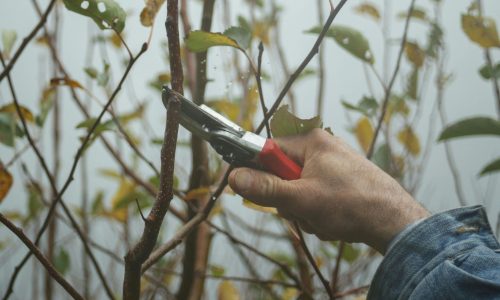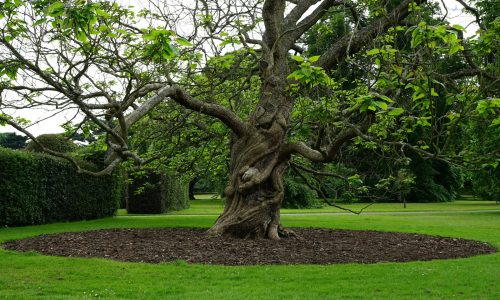Tree trimming is important for tree health. It involves cutting dead or overgrown branches to help the tree grow better. Before diving into specific techniques, it is important to understand the fundamental principles of tree trimming.
One key principle is to always prioritize the health and safety. This means avoiding excessive pruning that can weaken the tree or create entry points for diseases and pests.
When trimming a tree, it’s important to think about its natural shape and growth pattern. This keeps the tree strong and looking good. Using the right tools and techniques for clean cuts is important to help the tree heal and prevent damage. Tree trimmers can keep trees healthy and beautiful by following basic principles and reducing the chance of injury.
1. Flush Cuts vs. Collar Cuts:
2. Heading Cuts vs. Thinning Cuts:
1. Crown Reduction:
2. Crown Raising:


1. Subordinate of Co-Dominant Leaders:
2. Clearance Pruning:
1. Seasonal Considerations:
2. Frequency of Pruning:
1. Hand Pruners:
2. Loppers:
3. Pruning Saws:
1. Personal Protective Equipment:
2. Ladder Safety:
Learn how to trim trees properly to improve their health, appearance, and safety. Follow best practices for pruning to achieve these benefits. Proper tree trimming is important for a healthy landscape. It helps shape the tree, improve its strength, and promote growth for the future.
